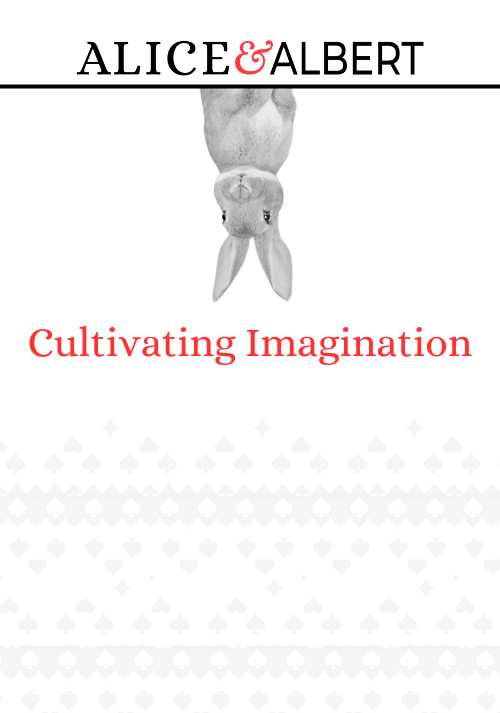So, what does imaginative strategy look like in practice? While every project differs, we emphasize three must-have elements:
- The story
- The relationship
- The experience
Every successful brand starts with a compelling narrative. Humans respond to storytelling, and since you’re marketing to humans, the story you tell matters.
“Your narrative is really your be-all and end-all,” explains our co-CEO Jenn Moyer-Smith. “It’s your purpose. So the way you shape that story and bring it to life is fundamental.”
Once you’ve solidified that narrative foundation, the focus shifts to building relationships. And we’re not talking about cursory customer-brand relationships—we mean actual relationships. Like person-to-person connections, brand relationships are built on transparency and trust.
Finally, we believe in curating novel experiences for customers. From inspiring how-to videos to interactive demos, these are experiences that don’t just drive mobile traffic to web pages—they keep it there.
Put it all together, mix it with Albert-authorized insights and Alice-approved imagination, and you’ve got a winning formula.
Here are just a few of the brands we think have built a strong culture around cultivating imagination: Lego, Crayola, Pixar, Nintendo, Cirque du Soleil, IDEO, Magic Leap.




